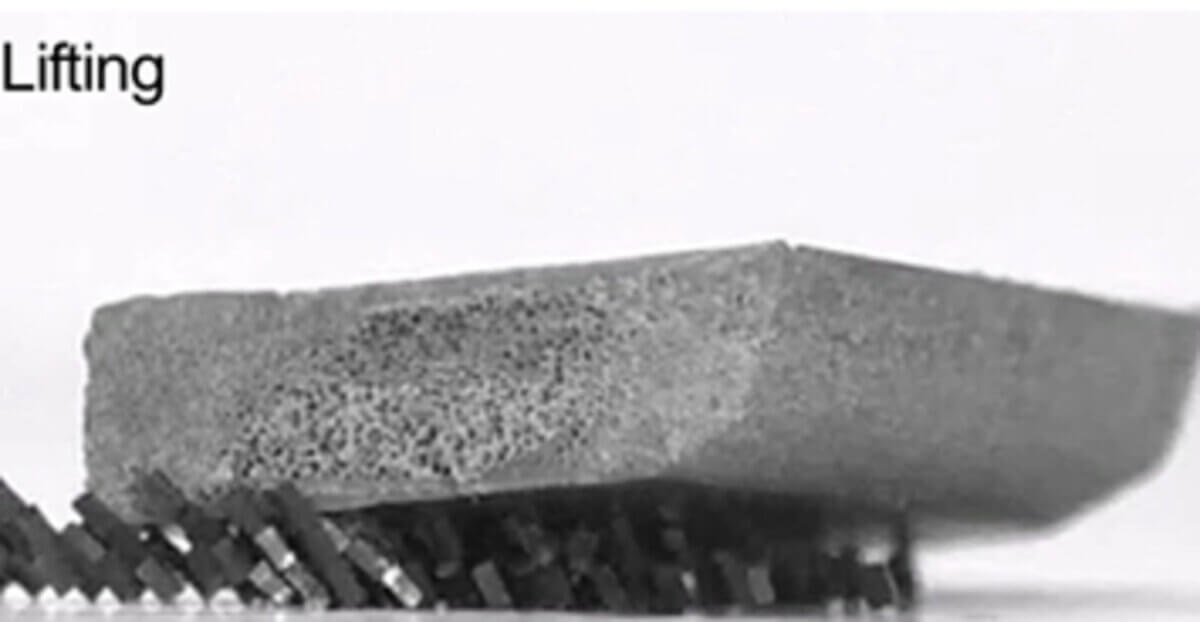In an unexpected fusion of plastic surgery and cancer treatment, researchers at UC San Francisco have developed a groundbreaking technique that uses engineered fat cells to starve tumors and prevent their growth. Drawing inspiration from liposuction and fat transfer procedures, this innovative approach could revolutionize cancer therapy by utilizing modified fat cells to deprive tumors of the nutrients they need to survive.
Using CRISPR gene-editing technology, the scientists transformed ordinary white fat cells into “beige” fat cells—cells that burn calories aggressively to generate heat. In their experiments, these engineered fat cells were implanted near tumors, much like how plastic surgeons transfer fat between different body areas. The result was remarkable: the beige fat cells consumed large amounts of nutrients, starving the tumor cells and impeding their growth, even when the fat cells were placed far from the tumor site.
Continue reading… “Revolutionary Cancer Treatment: Engineered Fat Cells Starve Tumors”












